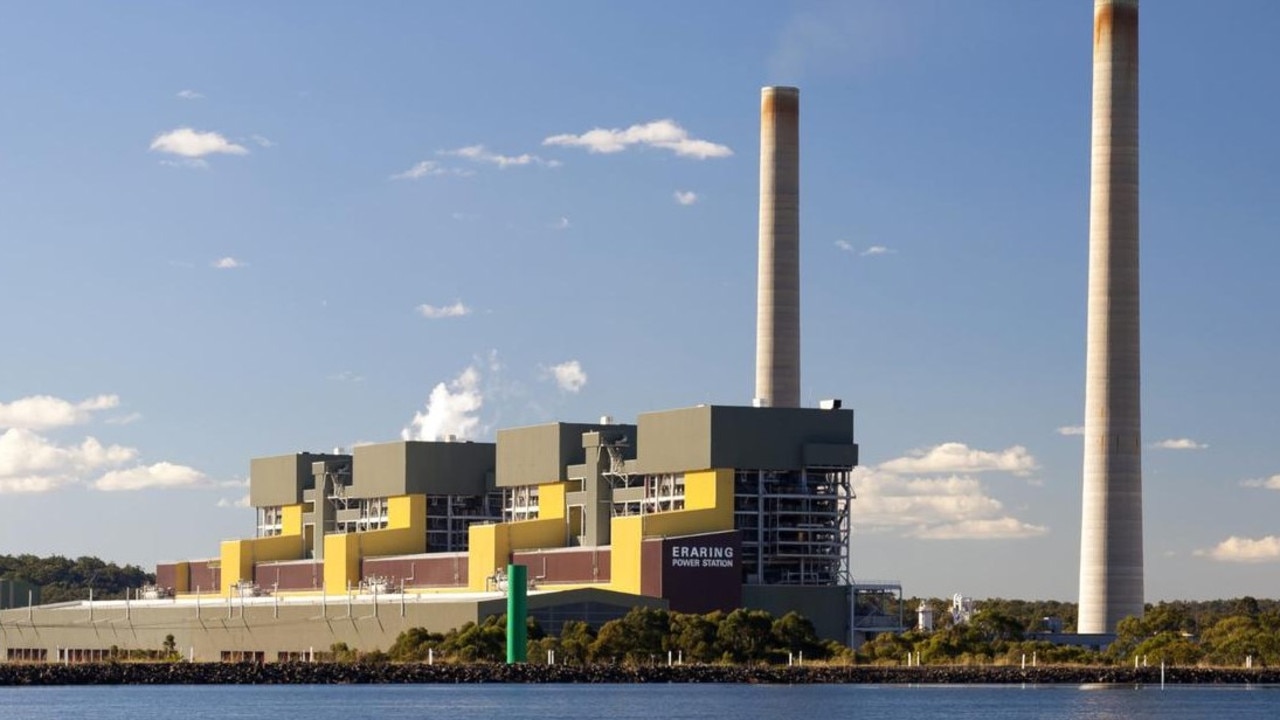NSW’s Electricity Supply and Reliability Check Up urges Eraring to continue operations beyond 2025
A highly anticipated report into energy reliability and affordability has made a recommendation about Australia’s largest coal power plant.
A highly anticipated report into NSW’s electricity supply and reliability has recommended the state government extend the life of the country’s largest coal-fired power plant amid concerns its early retirement could result in reliability and affordability issues.
On Tuesday, the Electricity Supply and Reliability Check Up led by Cameron O’Reilly was made public, with the government urged to engage with Eraring’s operator Origin Energy on extending the coal plant beyond its August 2025 closure.
The government was also advised to seek clarity from Origin on how it could provide certainty for its workers and suppliers.
Despite the recommendations, NSW Energy Minister Penny Sharpe couldn’t confirm the cost impact to taxpayers if Eraring’s operations were extended and said she had yet to speak with the energy giant since the publication of the report.
On Monday, former treasurer and energy minister Matt Kean believed a two-year extension of the coal-fired power plant could cost taxpayers $3bn; however, the figures were quickly lashed by the government.
“I’m not going to speculate on what the costs could be. We start from the beginning of zero, and we go from there,” Ms Sharpe told reporters on Tuesday.
“I don’t want taxpayers to pay one cent more than they need to and I don’t want Eraring open one minute more than it needs to.”

Ms Sharpe said she wanted negotiations completed “as quickly as possible” ahead of Eraring’s 2025 closure date; however, she couldn’t be moved to offer a deadline.
“We are looking at pursuing all options and we’re also talking to Eraring,“ she said.
“I’m not willing to gamble the reliability and cost pressures of NSW consumers, households and businesses on a hunch.”
The minister was also adamant the state was on track to reach its emissions reduction targets of halving emissions by 2030, compared with levels reported in 2005, and transitioning to net zero by 2050.
While the report wasn’t able to model the price implications if Eraring did close in 2025, the report said a “tight supply-demand balance in the market generally means higher wholesale energy prices”.
Similar price increases also occurred after the closure of Liddell in April this year, the report found.
Opposition spokesperson for finance Damien Tudehope questioned why negotiations with Origin Energy hadn’t started before the report was published on Tuesday.
“It should have started before today‘s announcement,” said Mr Tudehope.
“The government owes it to everyone to tell us there are alternatives available. We sought out the best and most cost efficient alternative, and we have negotiated an outcome. None of that was on display today.“

Located near Newcastle in the NSW Hunter Region, Eraring supplies the state with about 25 per cent of its power needs, with an overall generating capacity of 2922MW.
Last week, the Australian Energy Market Operator’s annual 10-year Electricity Statement of Opportunities report flagged “significant risks to reliability”, as electricity demands were increasing.
The report forecast larger reliability gaps than what was identified in its February 2023 update. This comes as 62 per cent of Australia’s coal stations are expected to close before 2033, with state and federal government transitioning to renewable energy sources.
While reliability risks were forecast to be greater in South Australia and Victoria during the upcoming summer, reliability risks were forecast to be higher than standard requirement in NSW from 2025-26 onwards.
Ms Sharpe also conceded that NSW was likely to face a “tough” summer due to increased electricity usage by consumers and the potential impact of bushfires and extreme weather events.
“I’m not going to pretend that it’s going to be easy. I am worried about El Nino, (but) we’re just going to have to get on with that,” she said.



